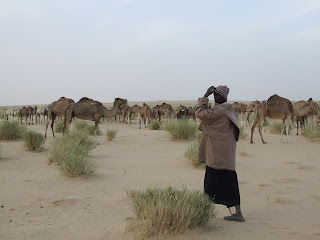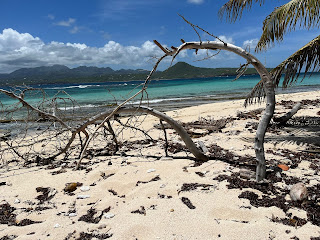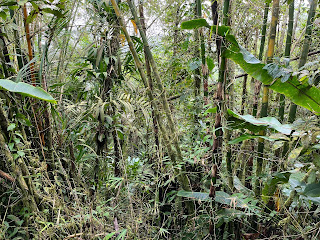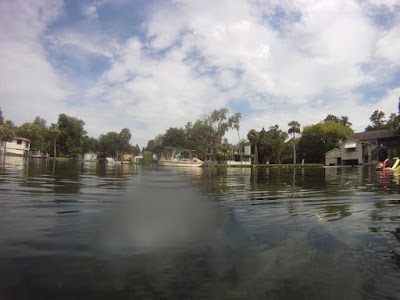Runyon On Broadway: *****
OK - I’m a realist. I know I won’t convince you to pick up a book of Damon Runyon stories unless you’re already a fan. Why would you? These were comic tales written in the 1930s. They’re not terribly relevant to the world of 2022. They are written in a curiously unique style which takes some getting used to, and they employ a vocabulary of jargon that is never adequately translated. They may even be out of print. So I get it. However much I twist your metaphorical arm you’ll find something else to read first. But let me tell you, please, what you’re missing.
These stories are masterpieces of literature. Each one is an exercise in perfection. Damon Runyon was a newspaperman in New York during the prohibition years. He wrote around 100 short stories during this time. They are not long. An average story is about twelve pages. But in those pages Runyon creates rich comic characters and extraordinary situations, and every story resolves itself with a gratifying (if occasionally murderous) twist. Various collections of his ‘Broadway’ stories were published – but today the cream of the cream appear in two volumes – ‘On Broadway’ with around 45 stories, and ‘From First to Last,’ which includes 33. The stories unravel among the low life hoodlums and criminal fraternity of New York, all struggling to make ends meet in the depression. They, (the characters who inhabit this world) generally assemble in the speakeasies and illegal hooch dens around Broadway, or at Mindy’s restaurant, or at one horse racetrack or another. Every story is written in the first person, from the perspective of a narrator who is never named, who claims absolute innocence of any offence and who feigns distaste for lawbreaking or alcohol, but who inexplicably seems to be on friendly terms with every suspicious character in the city, and who rails against the quality of the whisky at Good Time Charley’s . And every story is written in the present tense in a spoken vernacular where all men are ‘guys’ and all women are ‘dolls’ (hence the movie ‘Guys and Dolls,’) and no one goes by an ordinary name. The kind of people you might meet in Mindy’s could include Little Isadore, Spanish John, Harry the Horse, or the Lemon Drop Kid. Or Bookie Bob, or Benny South Street, or Dave the Dude, or The Seldom Seen Kid, or Joe the Joker. They will all be up to no good.
Let me give you the opening lines of some of the stories:
Off or on I know Feet Samuels a
matter of eight or ten years up and down Broadway, and in and out, but I never
have much truck with him because he is a guy I consider no dice.
(A Very Honourable Guy)
One night The Brain is walking
me up and down outside Mindy’s restaurant, and speaking of this and that, when
along comes a redheaded raggedy doll selling apples at five cents per copy.
(The Brain goes Home)
One cold winter afternoon I am
standing at the bar in Good Time Charley’s little drum in West Forty-Ninth Street,
partaking of a mixture of rock candy and rye whisky, and this is a most
surprising thing for me to be doing as I am by no means a rum pot, and very seldom
engage in any alcoholic beverages in any way … when the door opens and who
comes in but a guy by the name of Blondy Swanson.
(The Three Wise Guys)
One morning along about four
bells , I am standing in front of Mindy’s restaurant on Broadway with a guy by
the name of Regret, who has this name because it seems he wins a very large bet
the year the Whitney filly, Regret, grabs the Kentucky Derby, and can never
forget it.
That's how they begin. Our innocent narrator is standing around minding his own business when who should drop by with a story but ...
Runyon’s Broadway stories bristle with wit and humanity. If
you want to dip in and try a couple (maybe they’re available online somewhere) –
try ‘Little Miss Marker,’ or ‘Sense of Humor,’ or ‘The Lily of
St Pierre.’
“The race is not always to the
swift, nor the battle to the strong, but that's how the smart money bets”
Please check out my website for more information on my books. https://www.johnironmonger.com

































.jpeg)

.jpeg)






















.jpg)